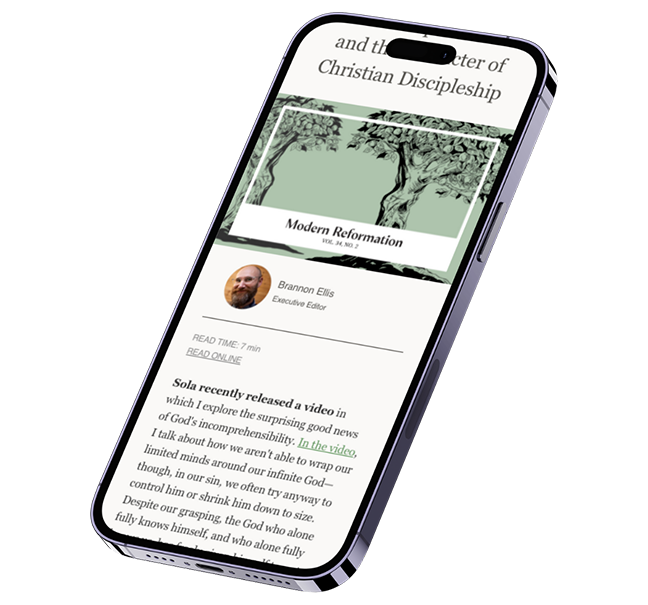Euclidian zoning has several economic effects. These effects can be seen clearly in cities with exclusionary zoning like Detroit. The first effect is felt immediately, and the second effect becomes more evident as economic conditions change.
The first effect of exclusionary zoning is to create a high bar for entry into a neighborhood. It says the price of entry is the ability to afford a set amount of land. Generally, the higher the density the lower the land cost. Therefore, the poor are effectively segregated from the rich by an all-inclusive policy decree. Detroit's zoning laws stipulated that on larger R1 lots only one living unit could be on a property. That excludes any ability for an R1 landowner to provide a garage apartment or quarters on the property. Prior to zoning, a large landowner often had extra quarters to either provide housing for domestic help or provide extra income for the property. This type of housing was the "affordable housing" of the day but is now illegal in Detroit.
The second effect of exclusionary zoning is much like a price control in which there are either shortages or surplus because of the inability to adjust prices. For housing, there are either shortages or surpluses because there is little or no ability to adjust use. In Detroit, there is an oversupply of housing and no ability to change use. Since it is costly to maintain housing, eventually maintenance is deferred or ended and the property self-destructs. This is the current picture of one Detroit neighborhood.
The New Urbanism has become popular among developers and planners who have created towns like Seaside, Rosemary Beach, and Celebration. Two books, Sidewalks in the Kingdom and The Space Between: A Christian Engagement with the Built Environment by Presbyterian pastor Eric Jacobsen, are worthy reads on the subject. Jacobsen lays a strong foundation for Christians to consider regarding the claims of the New Urbanist perspective. Jacobsen presents a distinctly Christian view on the New Urbanism and looks to the Word of God to attempt to develop a theology of the city. He takes great pains to present the problem of the American city and how the New Urbanism might be a tool to tackle those problems.
One criticism of the New Urbanism is that it is just another tool for the central planner to attempt to force "acceptable" behavior on a population. In this case, pedestrian access and sustainability are given a preference over the automobile. The underlying idea is still a modernism that sees cities as mechanisms created by government. It attempts to create complexity, but its results often come out as faux cities. It is white-washed to create an illusion of a sinless Mayberry. A better understanding of cities would be that they are both beautiful and fallen. We can give thanks for the beauty, but we must also remember that behind the picket fences, front porches, and clapboard siding are hurting families.




